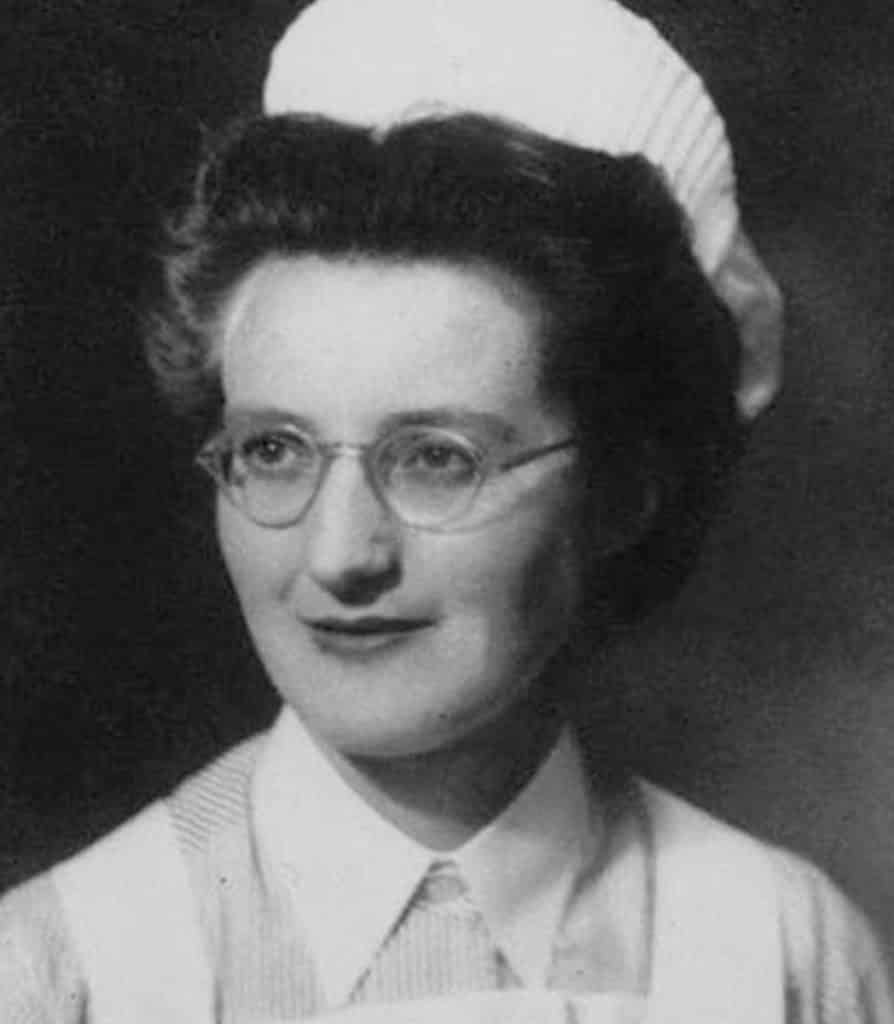Hospice
Published (updated: ).
Most Americans prefer to die at home or in a home-like setting, yet over 30% die in acute care hospitals. Seriously ill patients often state preferences for receiving adequate pain and symptom management, avoiding inappropriate prolongation of dying, achieving a sense of control, and strengthening their relationships with their loved ones. Similarly, caregivers want their loved ones to receive care that is concordant with their wishes and comfort. Hospice helps to achieve these goals for terminally ill patients. Hospice is a model of high-quality, compassionate care for people suffering from a life-limiting illness. It provides expert medical care, pain and symptom management, and emotional and spiritual support tailored to the patient’s needs and wishes. Hospice also provides emotional support to the patient’s loved ones even into bereavement.

The hospice movement began with the work of Dame Cicely Saunders, whose predominant concern was alleviating the suffering of dying patients. In 1967, Saunders opened St. Christopher’s Hospice in South London and is now credited with developing the principles of hospice care that have become the core values reflected in hospice program policies worldwide.
The first hospice program established in the US was Connecticut Hospice in 1974, spearheaded by Florence Wald, RN, who modeled it on St. Christopher’s Hospice. Both programs were in an inpatient setting. US hospice programs follow a model that emphasizes care in the patient’s home and supports patients to die at home. Since 1983 hospice services have become available through Medicare, Medicaid, and almost all US insurance plans.
Hospice Care in America
The most recent decade has seen significant growth in the number of hospice programs and hospice utilization.
Variations in hospice use can also have a basis on hospice and physician characteristics. One study found that 78 percent of hospices had at minimum one enrollment policy that might prove restrictive to access to care for patients with potentially high-cost medical care needs, such as chemotherapy or total parenteral nutrition. Smaller hospices, for-profit hospices, and hospices in some areas of the country consistently reported more limited enrollment policies. This may be an important contributor to previously observed under-use of hospice by patients and families. Another contributor is physician characteristics. Patients cared for by physicians who frequently refer to hospice are more likely to be enrolled in hospice care earlier.
Issues of Concern
Home Care
This level of care is administered in the patient’s place of residence, which could be a private home, a personal care home, a nursing facility, or a prison. In most states, the benefit does not cover the cost of a patient’s room and board in a nursing home. For a hospice program to obtain certification by Medicare, it is required to have 80% of its patients in their own homes. During home visits, the hospice team makes physical and environmental assessments and assesses the patient’s and family’s needs for additional services and assistance. Physical assessment involves reviewing the patient’s symptoms, the need for adjustment of medications, level of dependence, and psychological and spiritual distress. Environmental assessments focus on patient safety (e.g., gait and balance, loose carpets, or inadequate lighting) as well as adaptations required to adjust to the patient’s changing condition, such as having a hospital bed available for a patient who has become bedbound. Family assessment is crucial to detect caregiver burden and needs for additional support. When hospice care is rendered in the patient’s home, a family member serves as the primary caregiver and, when appropriate, helps make decisions for the terminally ill individual. Hospice staff, usually nurses, are on-call 24 hours a day, seven days a week.
Continuous Home Care
This level of hospice care, which is more intense than routine home care, is given during brief periods of crisis management of acute symptoms with the intention of maintaining the patient in their home setting. To justify continuous home care, the patient needs direct skilled care for 8 hours a day, over 50% of which has to be delivered by the nurse. An example of skilled care would be intractable pain management with frequent assessment and administration of intravenous medications. A nursing home cannot provide this level of care.
General Inpatient Care (GIP)
Provision of this level of care is outside of the patient’s usual home environment, in a Medicare-approved facility such as a free-standing inpatient hospice facility, a contracted nursing home, or hospital. This setting does not include custodial or residential. Indications that might determine a need for General Inpatient Care include managing uncontrolled pain, delirium, or other symptoms, especially ones that fall outside the purview of home care. Like continuous home care, a skilled need is necessary with GIP. Though GIP does not have a specified limit, patients are assessed daily by the hospice team regarding the necessity and eligibility of continuing that level of care. The expectation is for the patient to be stabilized and returned to their previous level of care/residence if possible.
